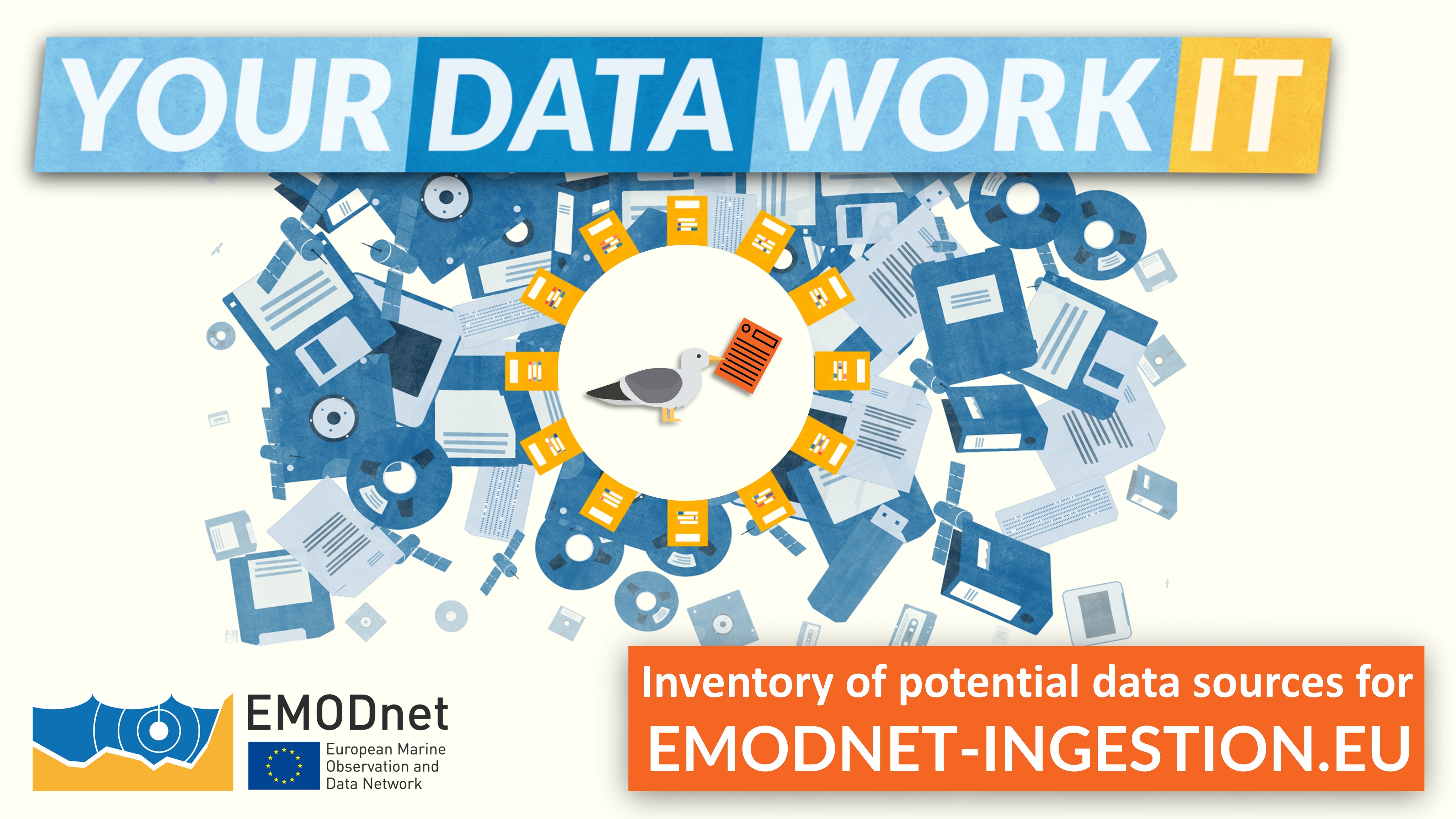EMODnet Data Ingestion is paving the way for expanding and diversifying marine data submissions to EMODnet, following an inventory of potential marine data sources in 2022 which revlealed 230 data sources from 25 countries and 35 institutes/organisations. Data Ingestion partners including data centres are now focusing efforts on datasets that are under-represented in EMODnet including diverse sources e.g., private sector and emerging or under-represented parameters and geographical areas.
With the outcome of the inventory of potential marine data sources in 2022, the data is set in motion to join the single access point of EMODnet. Thanks to this inventory, EMODnet Ingestion partners and data ambassadors now know what menu they have on their plate for the coming months.
The general objective of EMODnet Ingestion III (which started in Spring 2022) is to facilitate and streamline the process whereby marine data from whatever source (including national monitoring programmes, research projects, licensing data and private companies) be delivered on a voluntary basis for safekeeping to data repositories from where it can be freely disseminated.
As part of task 8 lead by RBINS, the EMODnet Ingestion partners have been engaging actively with significant holders of marine data in their country. To stimulate all partners and countries to stay on the same line, each data centre was indeed invited to analyse and update its national situation and identify potential data sources of interest to EMODnet. For this exercise, the EMODnet “Data ambassadors” had received an updated guidance note with lessons learnt, useful hints and reminder on thematic data priorities to reach out to data holders. The inventory itself has been shared in the form of a collaborative spreadsheet with the partners, and not only serves as a reference for the objectives to be achieved, but will also serve for dynamic monitoring of the progress of data ingestion throughout the project.
’The inventory itself has been shared in the form of a collaborative spreadsheet with the partners, and not only serves as a reference for the objectives to be achieved, but will also serve for dynamic monitoring of the progress of data ingestion throughout the project
In November 2022, the survey resulted in 230 data sources from 25 countries and 35 institutes. It shows that the strategy of allowing members search for more local and internal (and less commercial/external) datasets has worked positively and that their networks have continued to mature in their approach to data sharing. For the next steps, the actual data submission phase, data centers have then been advised to focus their efforts on datasets that are under-represented on the whole but that have a lower opportunity level. On the other hand, ‘low hanging fruit’ datasets should not be put aside, especially if they are large or come from an under-represented marine area.

If you are a data provider, don’t worry for the actual ingestion steps in the coming months: to lower the threshold of effort, EMODnet Ingestion consortium members act as ‘EMODnet ambassadors’ and help data providers undertaking the submission. It even can be that the consortium members make the submissions themselves on behalf of the data providers as originator and/or data holding organisation. Sharing your marine data with EMODnet has never been easier!
Discover some of the Ingestion success stories and how to wake up your data with the animation movies Wake up your data! and Your data, work it!
